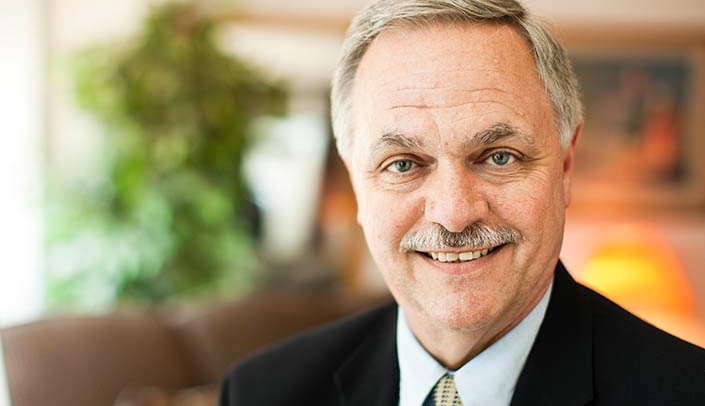In rural Nebraska, citizens don’t blink at driving 50 miles or more for essential goods or services found only in larger towns.
That’s just part of country living for some items. But, said Joseph Evans, Ph.D., professor of psychology at the Munroe-Meyer Institute, that kind of wait and distance is unacceptable when it comes to the truly important stuff.
“Our ultimate goal is that no Nebraska resident will have to travel more than 50 miles to get behavioral health care,” Dr. Evans said.
It’s an ambitious goal. To reach it, MMI is collaborating with the UNMC Psychiatric Nursing Program, the Nebraska Medical Center adult psychology program, the Behavioral Health Education Center of Nebraska (BHECN) and the UNO/MMI joint psychology and counseling M.A. programs. The result is a recent four-year, $1.9 million grant, from the Health Resources and Services Administration (HRSA), with Dr. Evans and Brandy Clarke, Ph.D., assistant professor of MMI psychology, as principal investigators.
To do what?
“We are going to attract, recruit, train, place and hopefully retain behavioral health providers in primary care medical practices across the state,” Dr. Evans said. With an emphasis on rural, low-income and other underserved areas.
Only 24 rural clinics have a behavioral health provider. Thirty-two Nebraska counties have no behavioral health provider of any type.
“Nebraska experiences a shortage of mental health professions in 88 of our 93 counties,” said Brent Khan, Ed.D., BHECN’s co-director.
Why is this important?
Because many times people seek medical help for complaints linked to underlying psychological reasons, not physical causes, Dr. Evans said. Stress, anxiety and depression can impact physical health.
And, because patients are more likely to seek behavioral health services, and get healthy, when these services are integrated with their regular primary care providers — when they are local, available, familiar and trusted. And, when the stigma is reduced.
“When they actually meet a behavioral provider and realize we don’t have three heads, the follow-up is 80 to 90 percent they will come back,” Dr. Evans said.
MMI, BHECN, and their collaborators, are working on this integration. Any town big enough to have a primary care practice ideally would have a behavioral health provider as well.
A new clinic in Auburn, Neb., which recently asked for behavioral health help, is a great example. Auburn has about 3,300 people, and about 10 other towns within driving distance.
On the first day of the integrated care clinic’s opening, the therapist’s schedule was already filled for two weeks.
